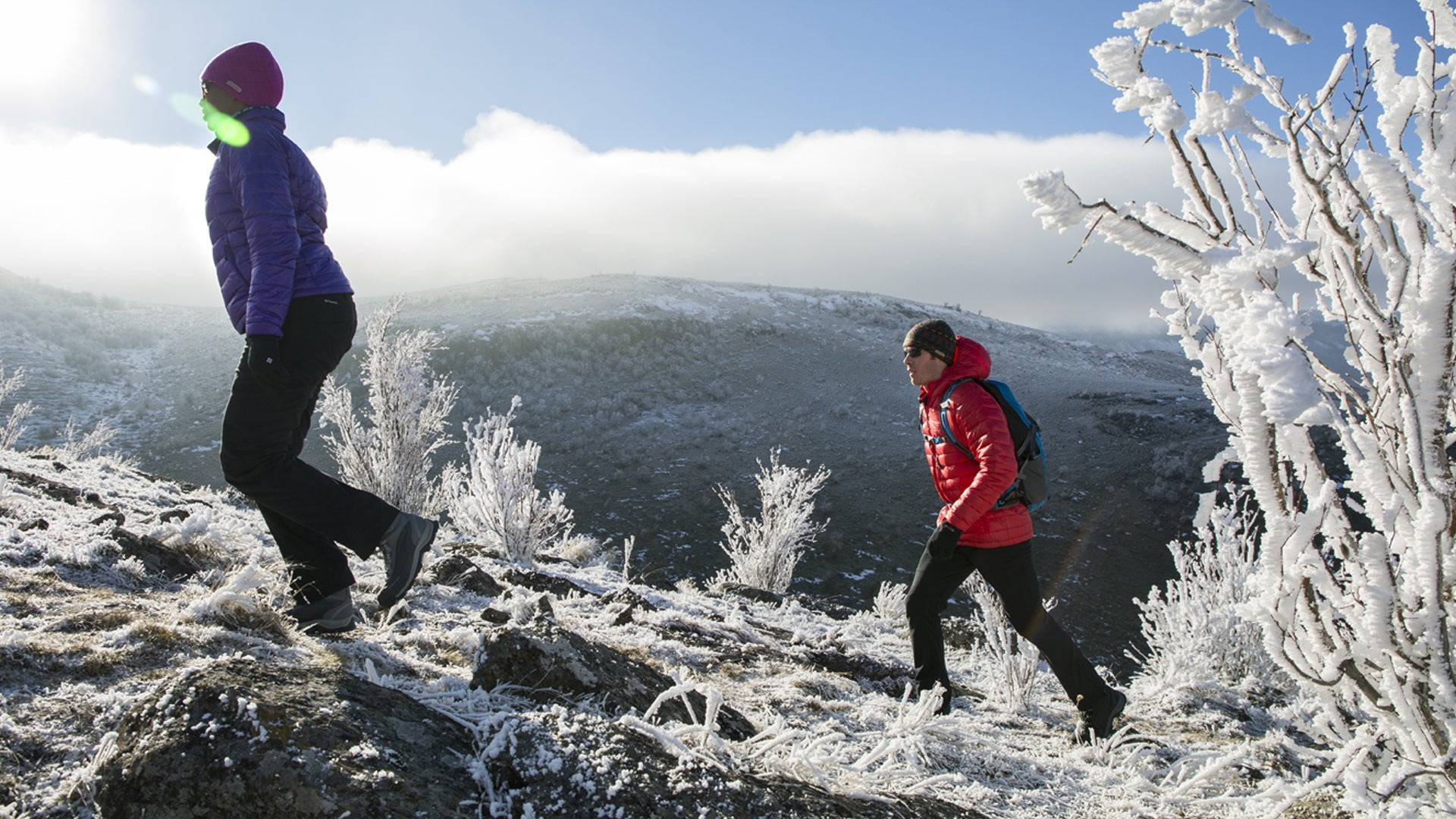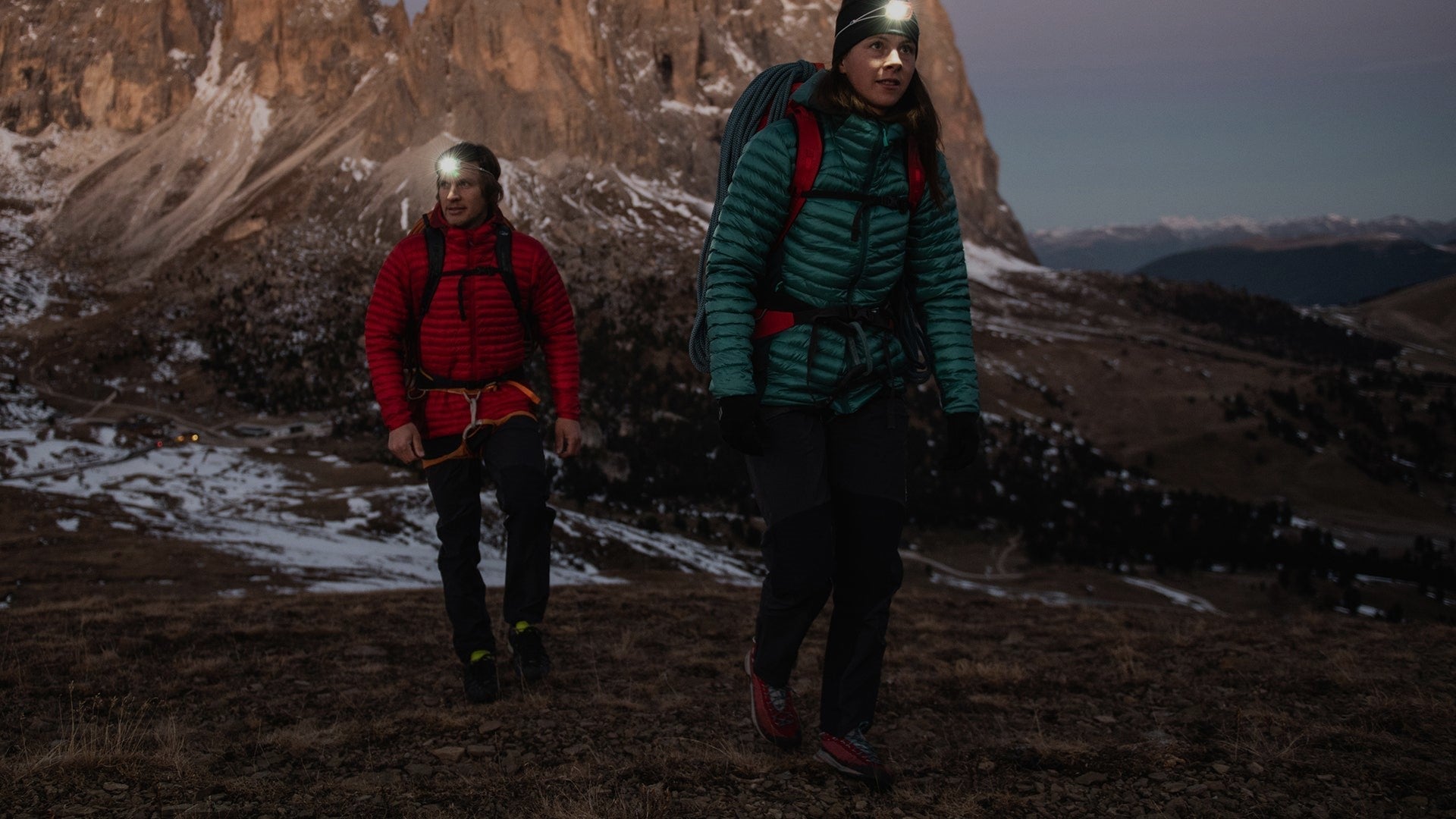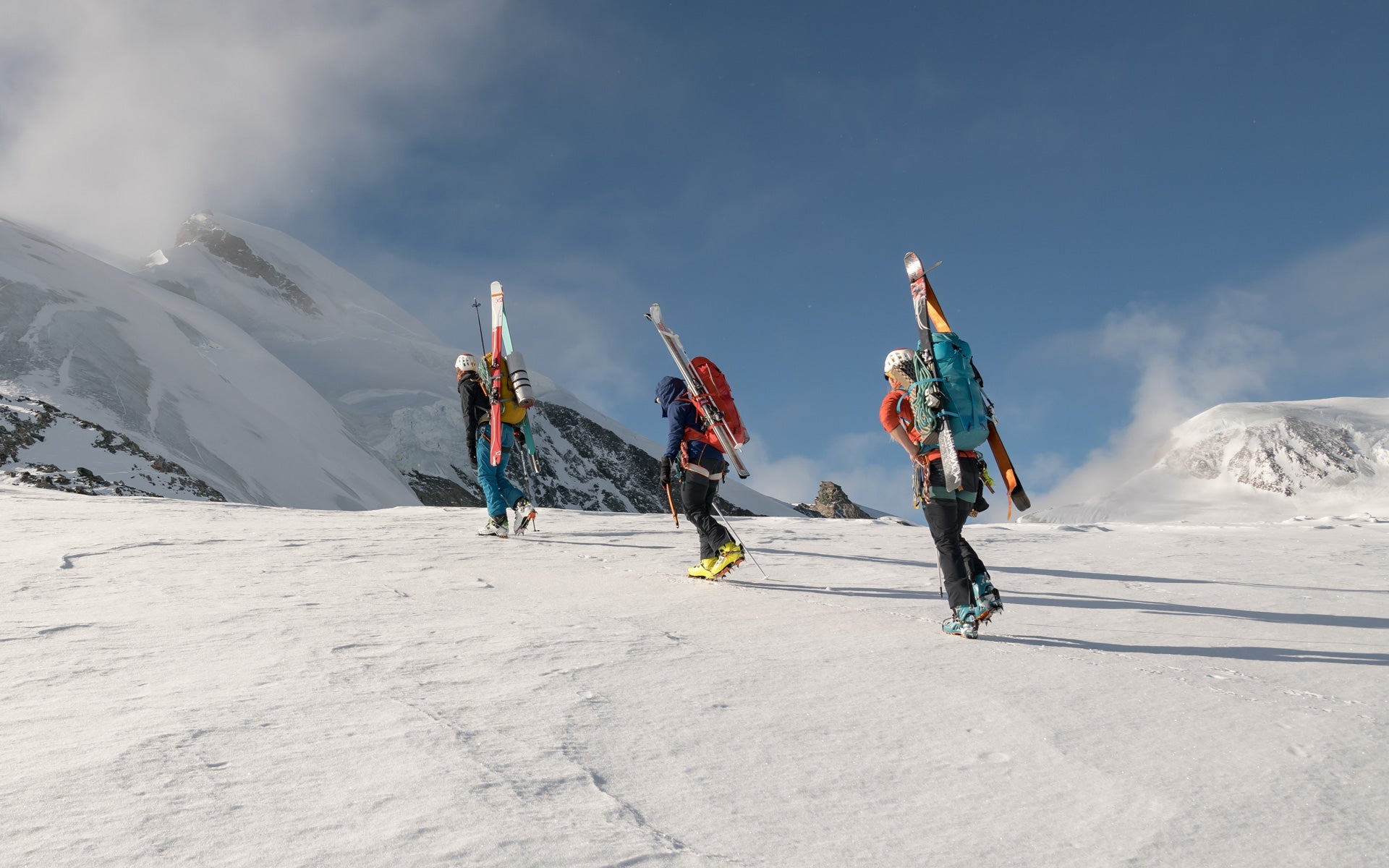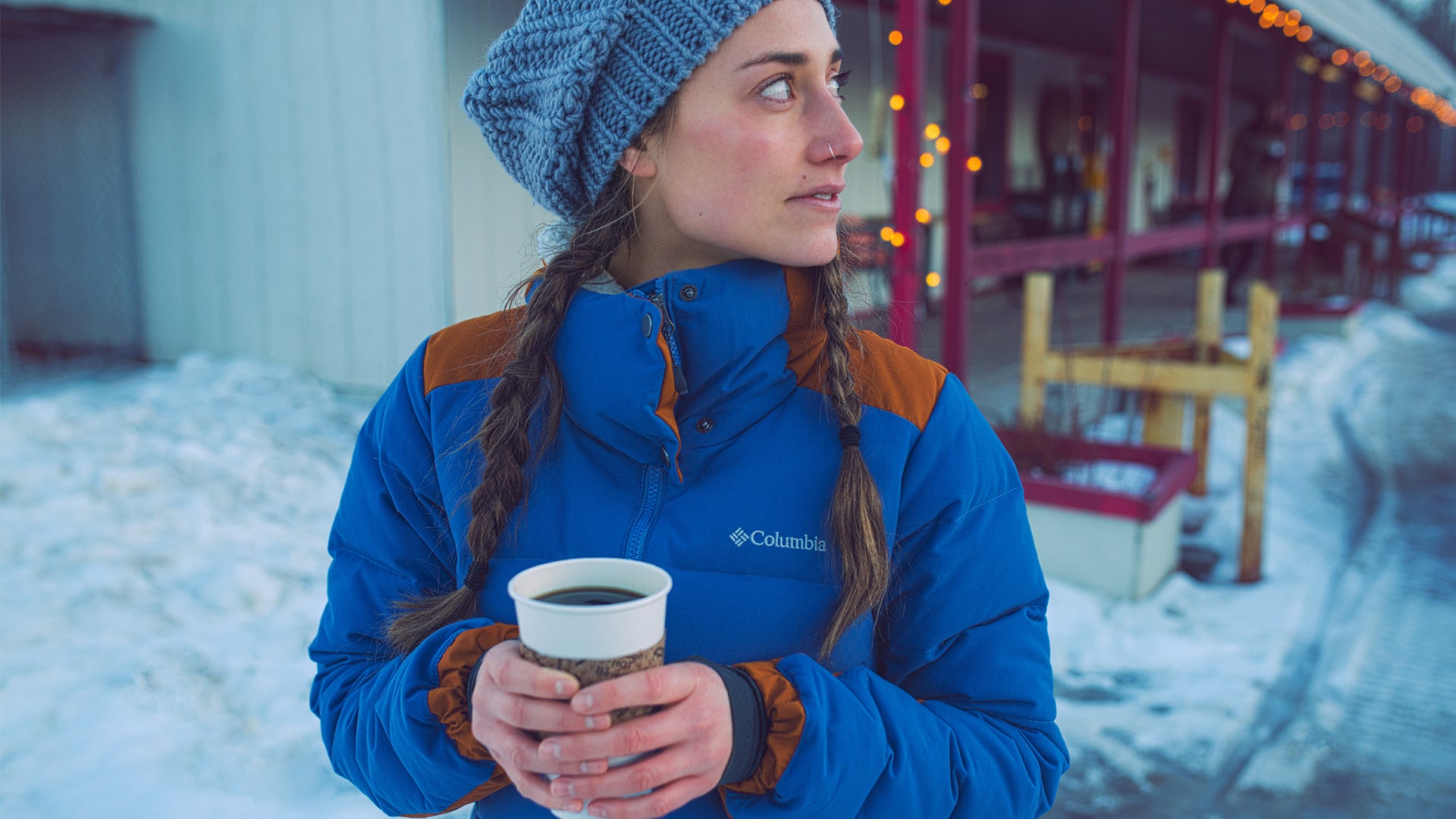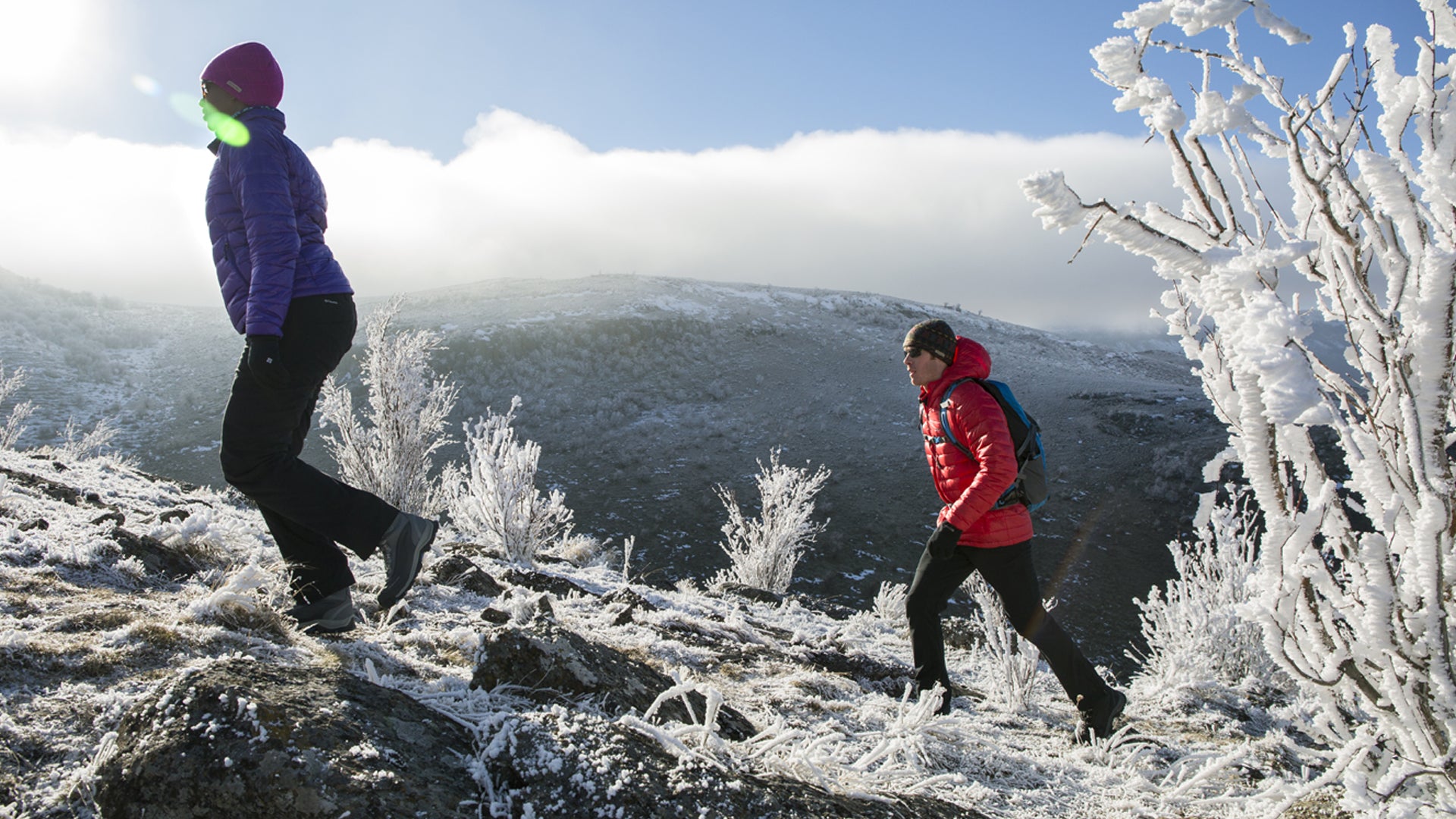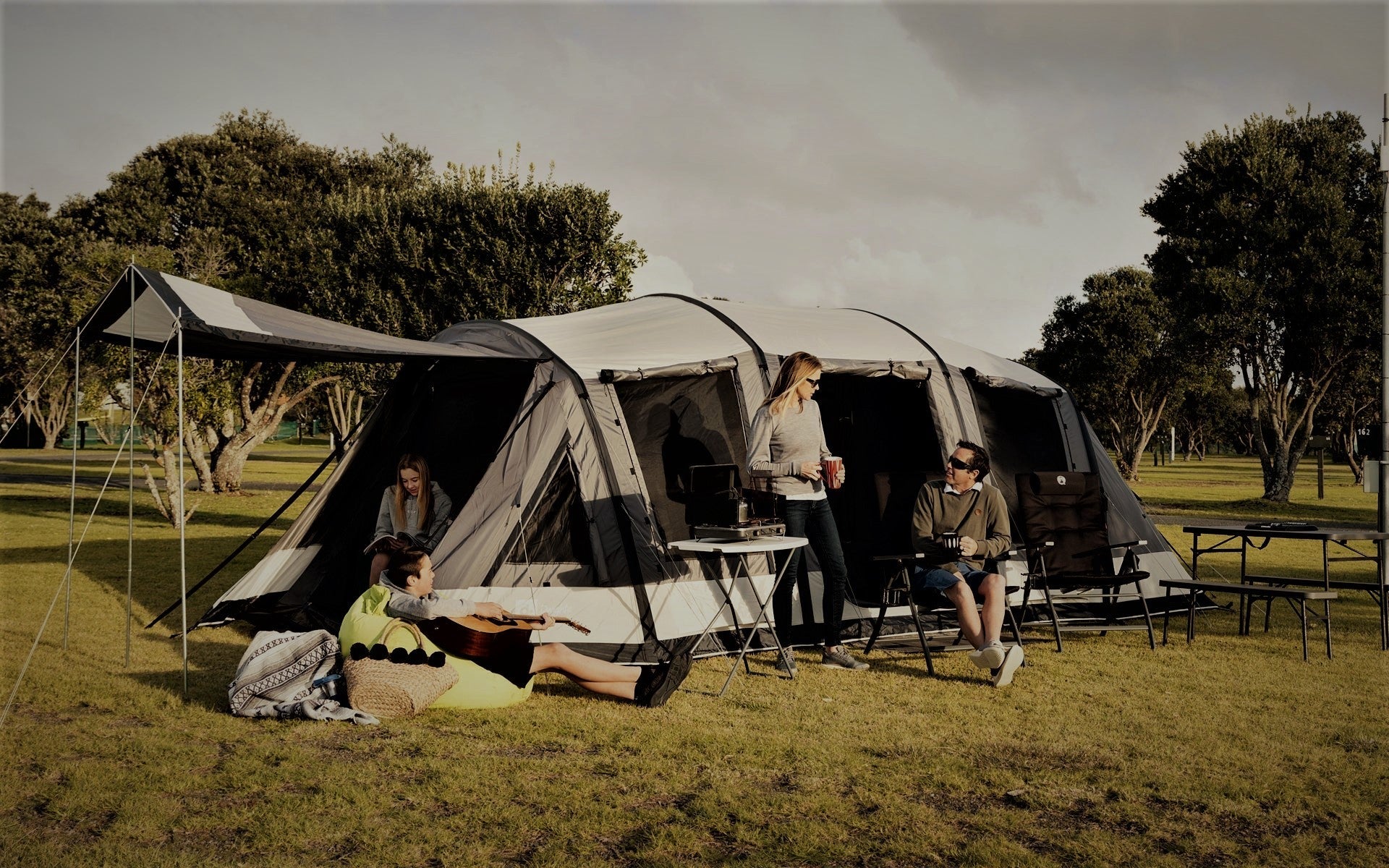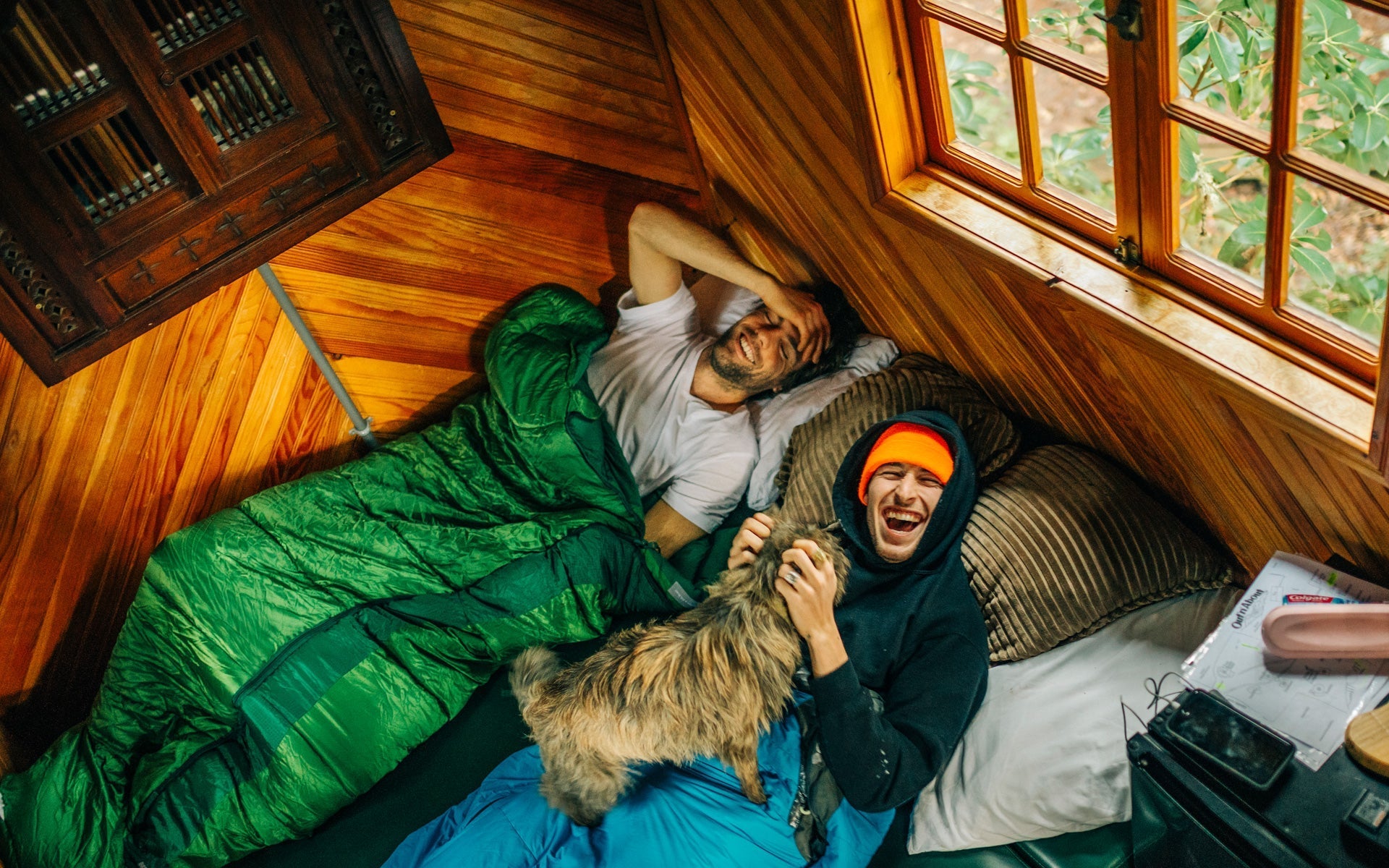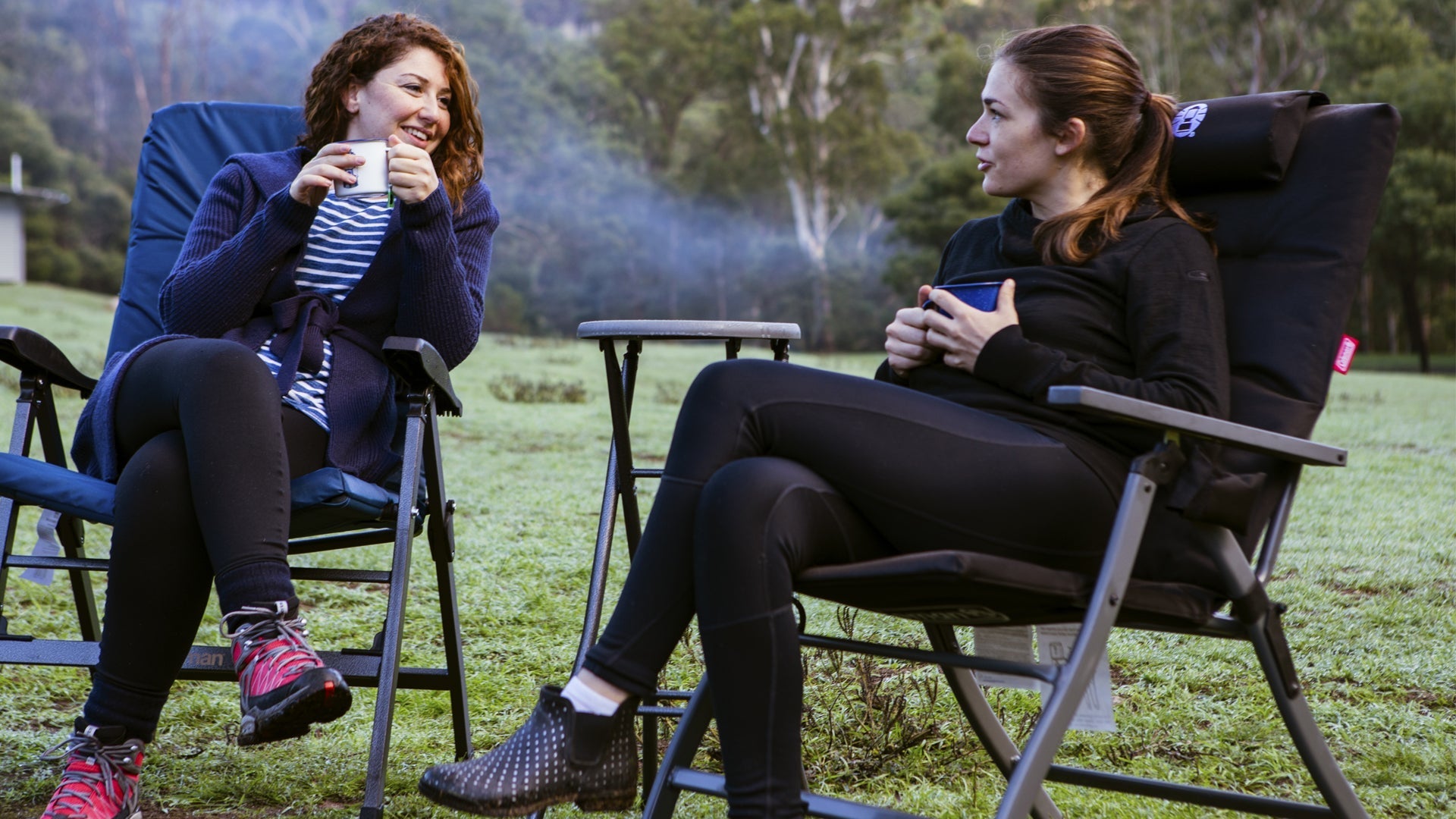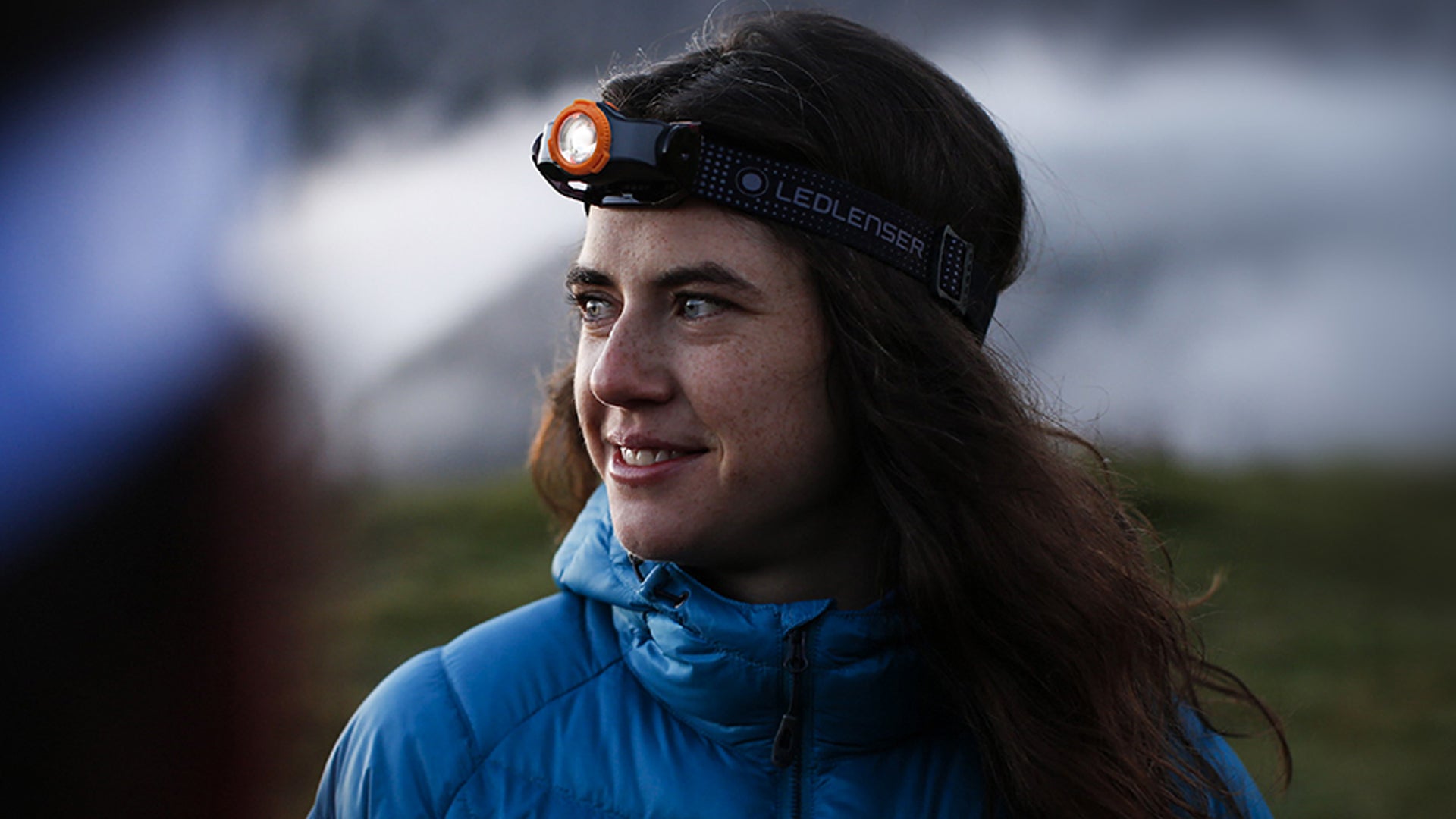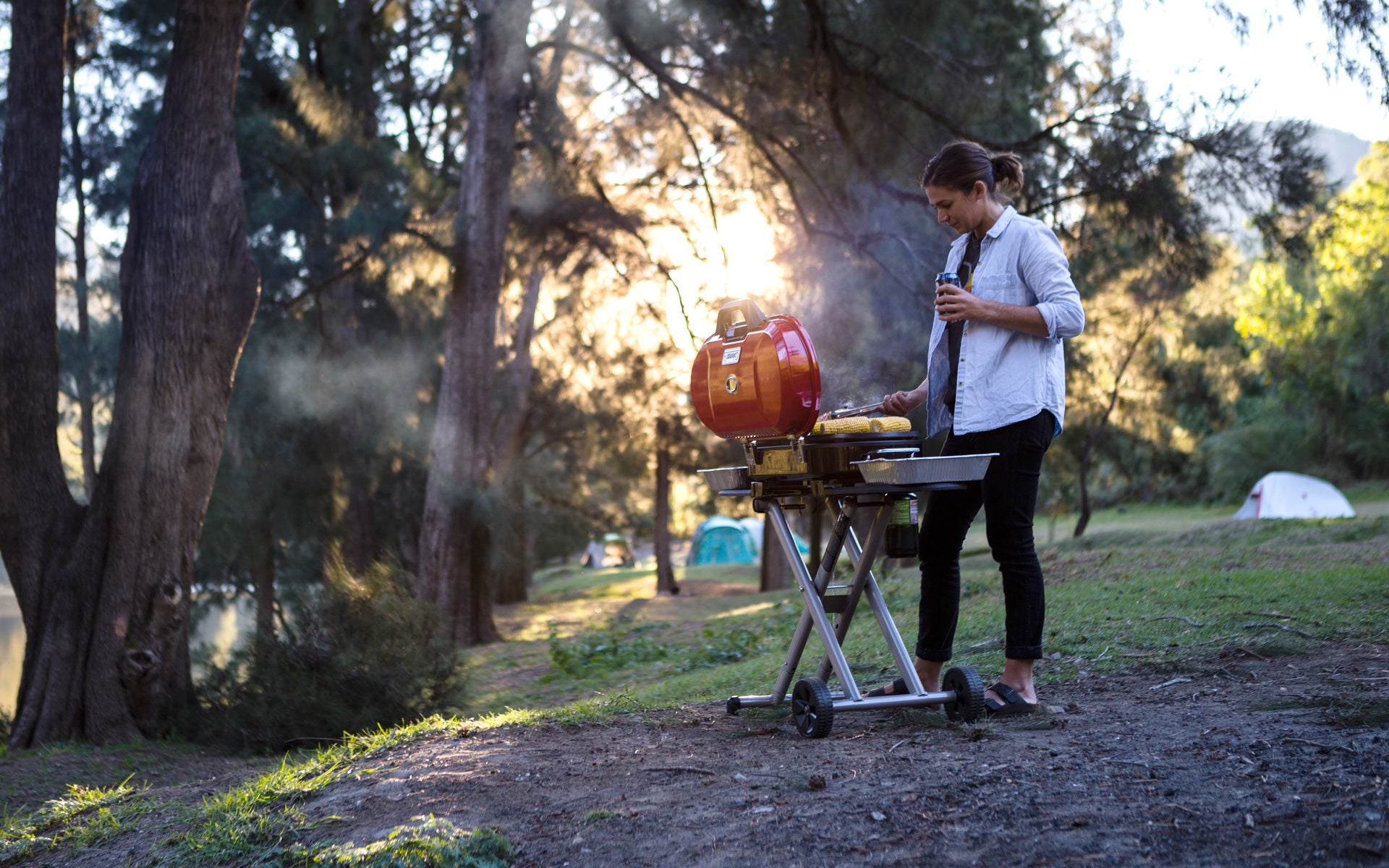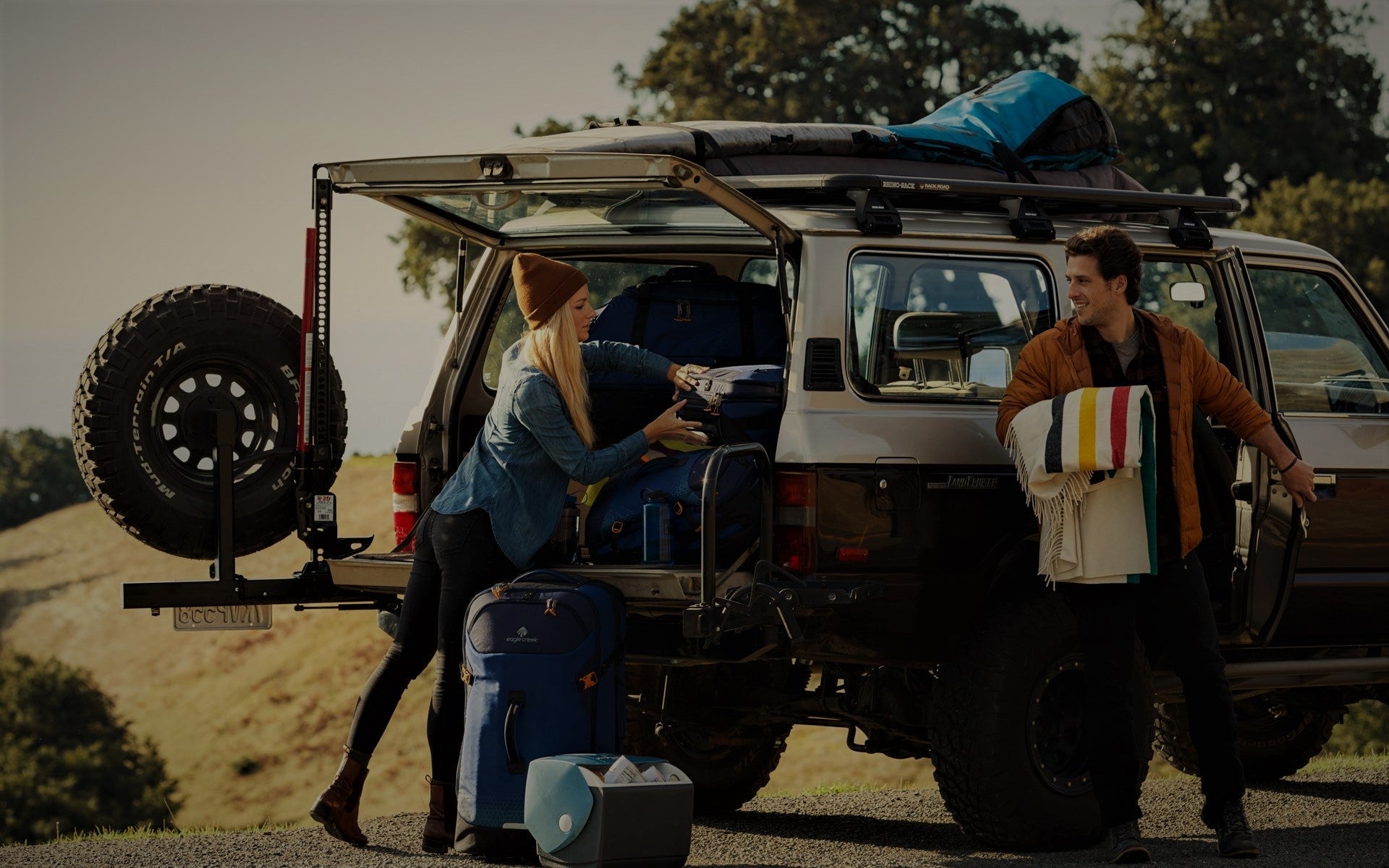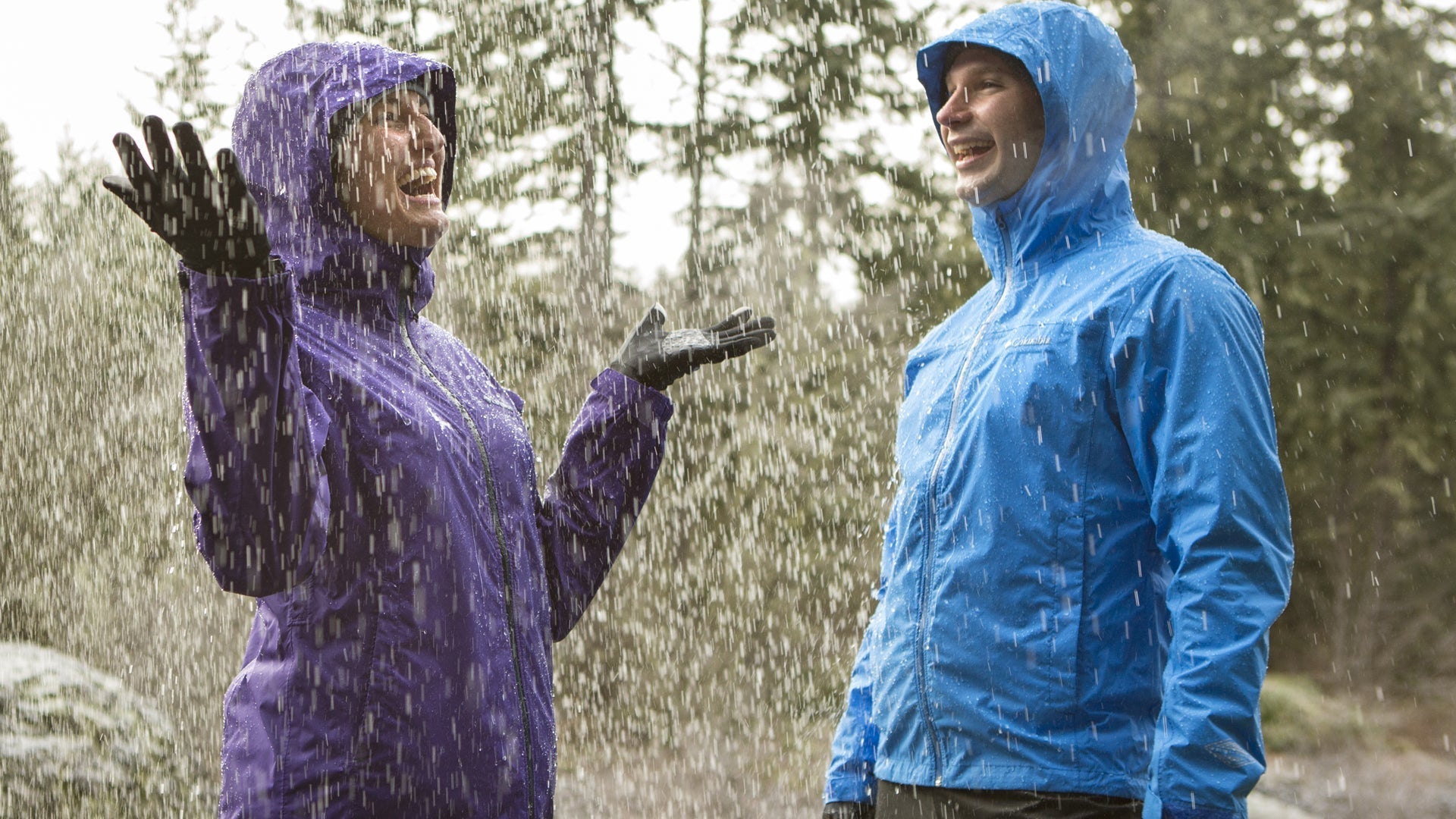How to Choose the Right Binoculars
Binoculars can make many outdoor activities more enjoyable, including hunting, bird or whale-watching, and stargazing. It can be a little overwhelming to shop for binoculars because many models are available at a wide range of prices.
This guide will help you understand how binoculars work and give you the important information you need to choose the best pair for yourself.
Important Binocular Specs You Should Know About
There are a few technical terms you should know about when shopping for binoculars. Choosing the binoculars with the right specs will help you enjoy your hobbies to the fullest!
The size
Binoculars are classified in three main sizes based on their objective lenses. Compact binoculars have objective lenses of less than 30 millimeters. Then, you have mid-size binoculars with objective lenses from 30 to 40 millimeters. Finally, the full-size binoculars have objective lenses larger than 40 millimeters.
You can easily carry compact models in a bag, which is great for convenience. However, compact binoculars do not provide the brightest image. Indeed, all other things being equal, the larger the objective lens, the more light it captures and the brighter the image.
Mid-size binoculars are a good compromise between brightness and convenience. They capture more light but are lighter and easier to carry around than large binoculars.
The magnification power
You can find a wide range of magnification power, but most binoculars have a magnification between 8 and 10.
But what does magnification power mean? If you look through binoculars with a magnification of 8, you will see objects 8 times closer than they appear with the naked eye. Therefore, the higher the magnification power, the more detailed the image.
However, it is difficult to get steady images with high magnification power. If you want binoculars to practice a hobby that causes you to be in constant motion, like whale-watching on a boat, a very high magnification power might not be the best choice.
The field of view
The magnification power is indirectly related to the field of view. In other words, the lower the magnification, the wider the field of view and vice versa.
If you choose a binocular with higher magnification to have a more detailed image, you might struggle to find small objects in large spaces because of the narrow field of view. Moreover, the image will be a little darker because a narrow field of view does not let in as much light as a wide one.
The Exit Pupil
We calculate the exit pupil by dividing the objective's diameter by the magnification power. Therefore, if a binocular has an objective diameter of 42 and a magnification power of 8, the exit pupil is 5.25 mm (42/8).
If you need to use binoculars at dusk, dawn, or in an area with a lot of shadows, it is preferable to choose binoculars with a high exit pupil number. Indeed, the higher the number, the brighter the image. The exit pupil is not as relevant if you practice your hobby in daylight or under direct sun.
Pros and Cons of Different Prism Types
The prisms carry the light from the environment through the binoculars and into your eyes. There are two main types:
- Porro prism. This type of prism is found on more classical binoculars. It means that the objective lenses are not aligned with the eyepieces. They are easy to recognize because the eyepieces are closer together than the objective lenses, so the barrel is wider.
- Roof prism. Unlike the porro, roof prisms are aligned with the eyepieces, which is why they are usually more compact.
Binoculars with porro prism usually have larger objective lenses, which means their image is brighter. They are also cheaper on average than binoculars with a roof prism. However, they are larger and heavier. They usually are not waterproof, something to consider if you take your binoculars on or near a body of water. Finally, they are less resistant and more likely to break on impact.
Binoculars with roof prisms are usually waterproof, more resistant, and easier to carry around. Since higher-end binoculars usually use roof prisms, the optical quality is also often higher. But, they are more expensive and need to be coupled with phase correction technology to guarantee image quality.
Other Factors to Consider When Choosing the Right Binoculars
It can be helpful to think about the reasons why you want to get binoculars. For example, mid-size and large binoculars with a magnification of 8 are popular choices for birdwatching. Indeed, bulkier binoculars are usually not a problem for birdwatchers since they do not walk long distances, and a magnification of 8 makes it easier to locate small birds in a wide field.
If, on the other hand, you want to bring binoculars on your backpacking trip, you might prefer a lighter, more compact model. It might also be best to purchase durable, waterproof binoculars to prevent damage if you drop your bag or experience rainy weather.
Another popular reason to get binoculars is stargazing. In this case, you want maximum magnification, which means you will also likely need a tripod to keep the binoculars steady and get a clear image.
Budget is another consideration. The higher the price, the better the optic technology inside the binoculars. Other things that can make the price go up include fog and water protection as well as protective rubber coating.
If you love binoculars and know you will use them often, it might be worth investing in a high-quality pair. If, on the other hand, you are buying binoculars for rare occasions or for your young children, you might prefer something in a lower price range.
Need Extra Help?
At Dwights Outdoors, we sell a wide variety of binoculars. You are sure to find a pair that fits your needs and budget. You can find all the models we sell here: https://dwights.co.nz/collections/binoculars
Contact us if you have questions or need assistance finding the perfect pair of binoculars. You can email us at online@dwights.co.nz. You can also use our contact form on our website: https://dwights.co.nz/pages/contact-us



